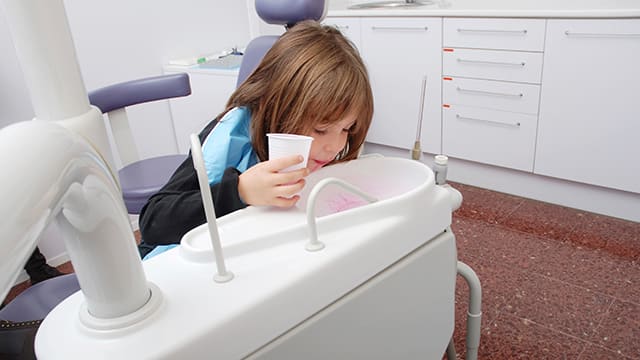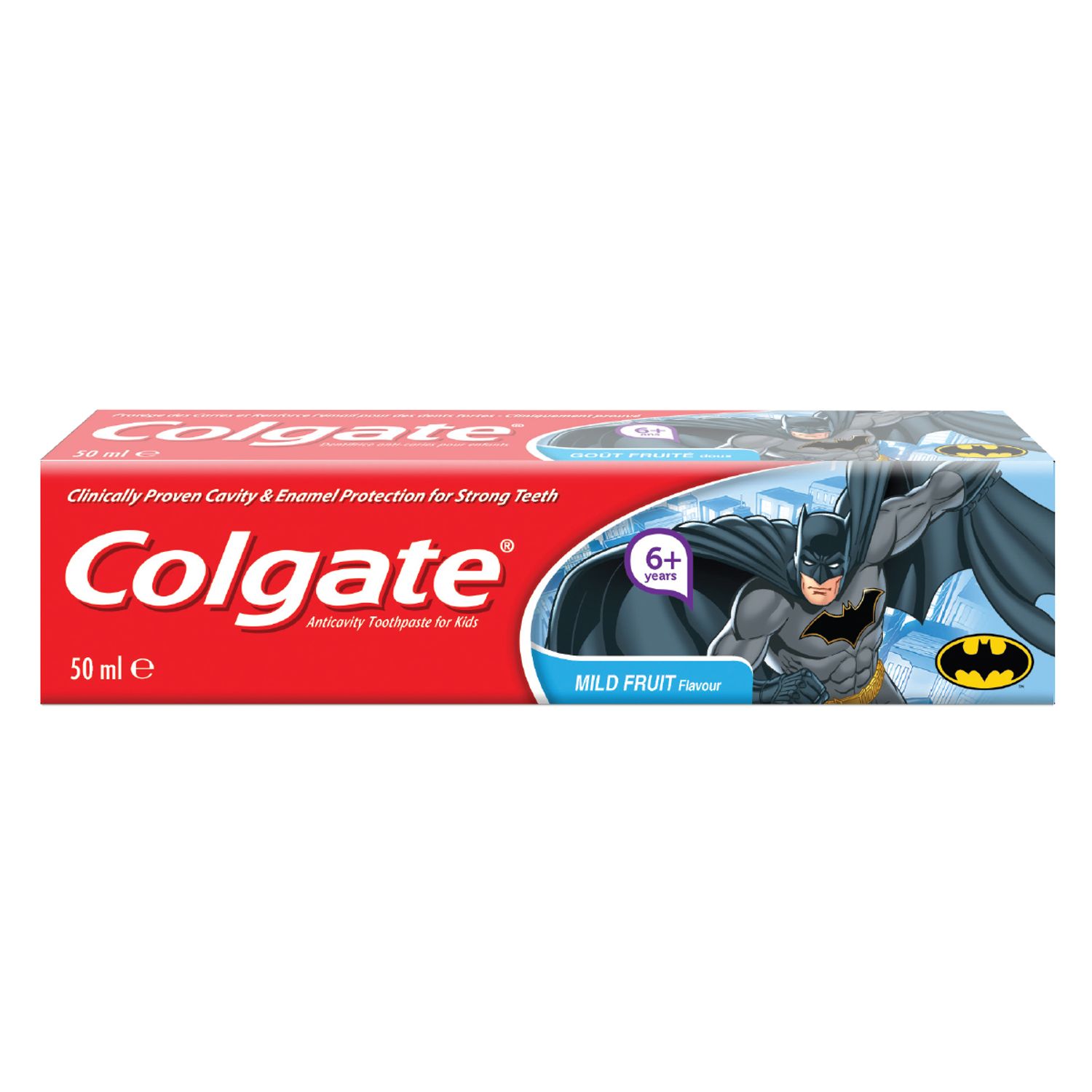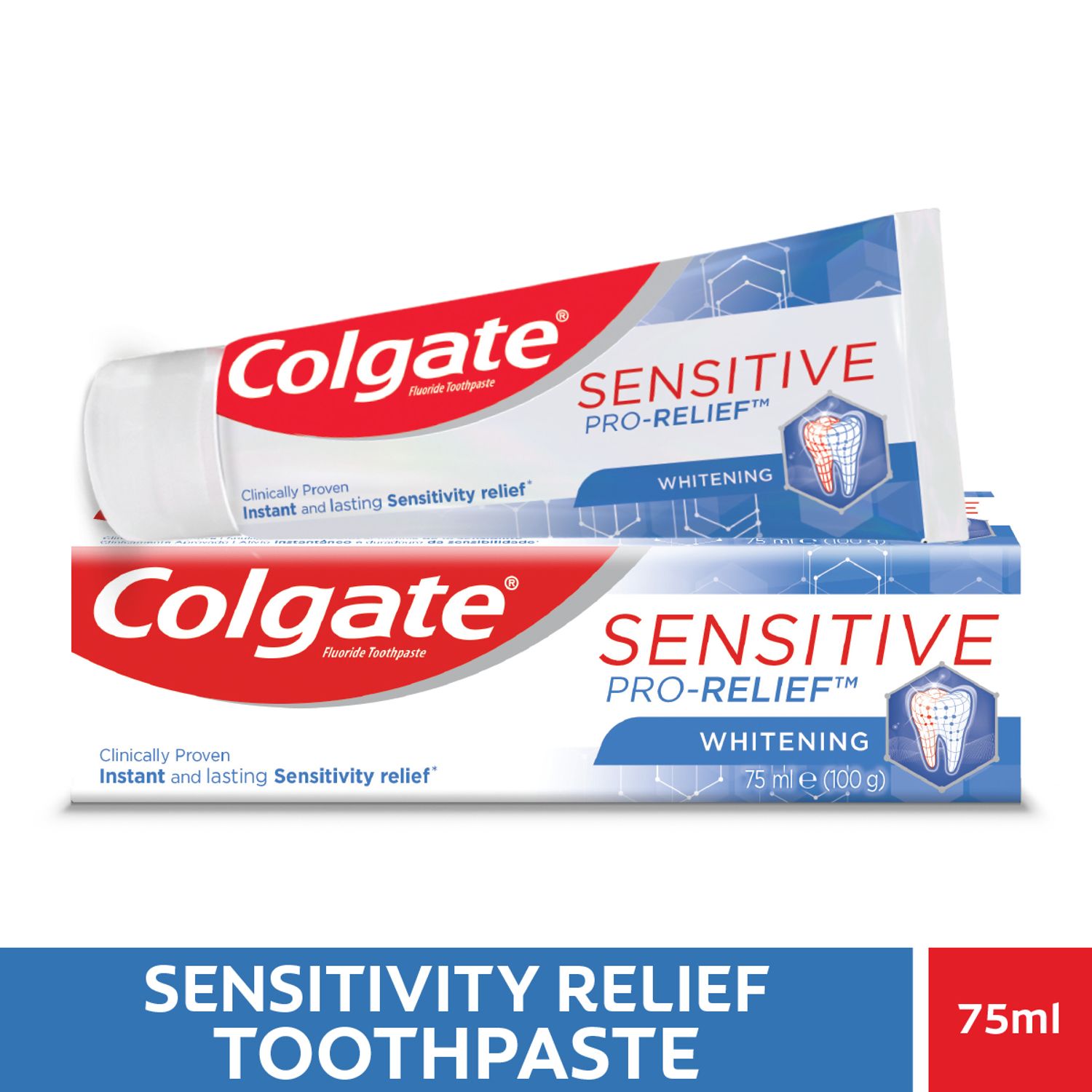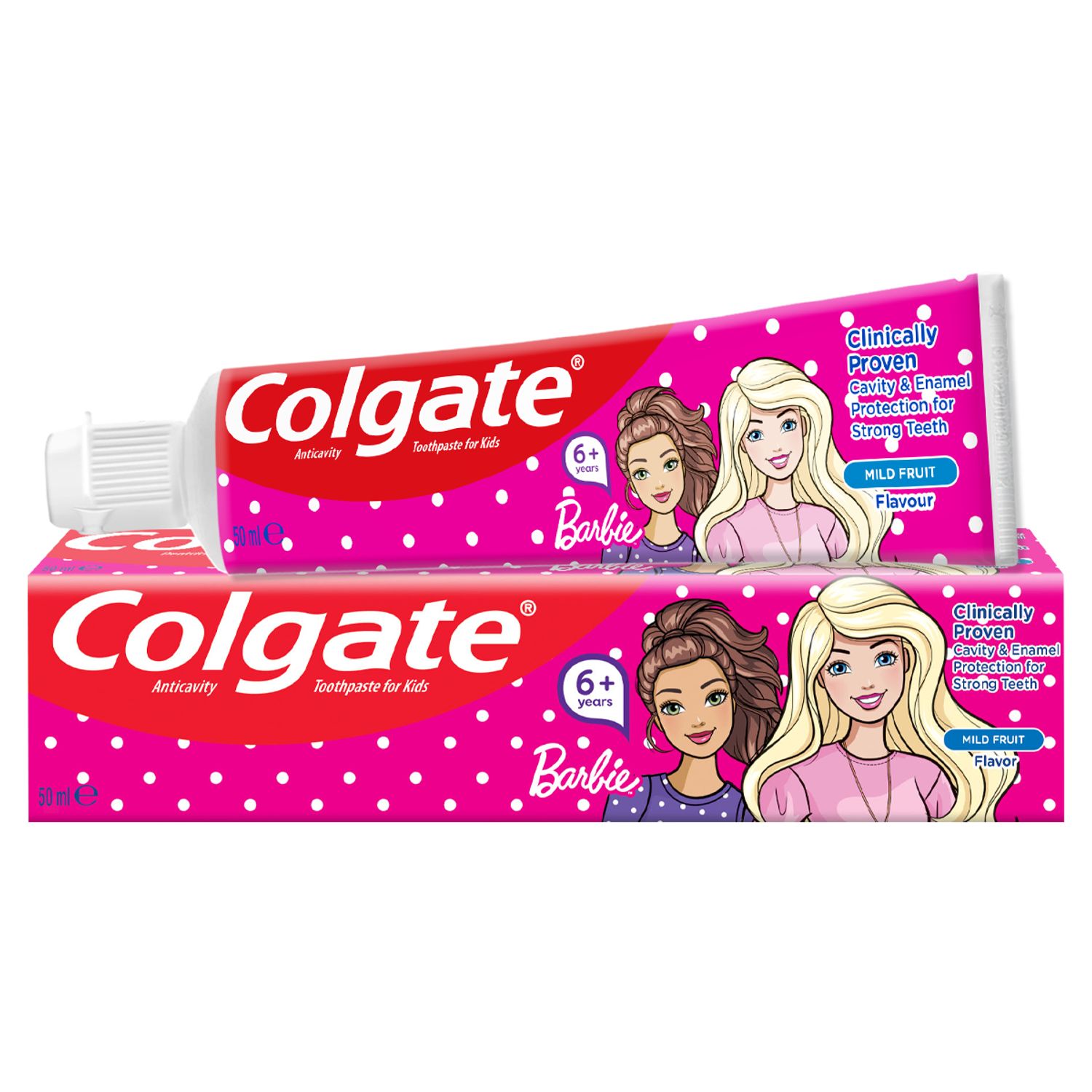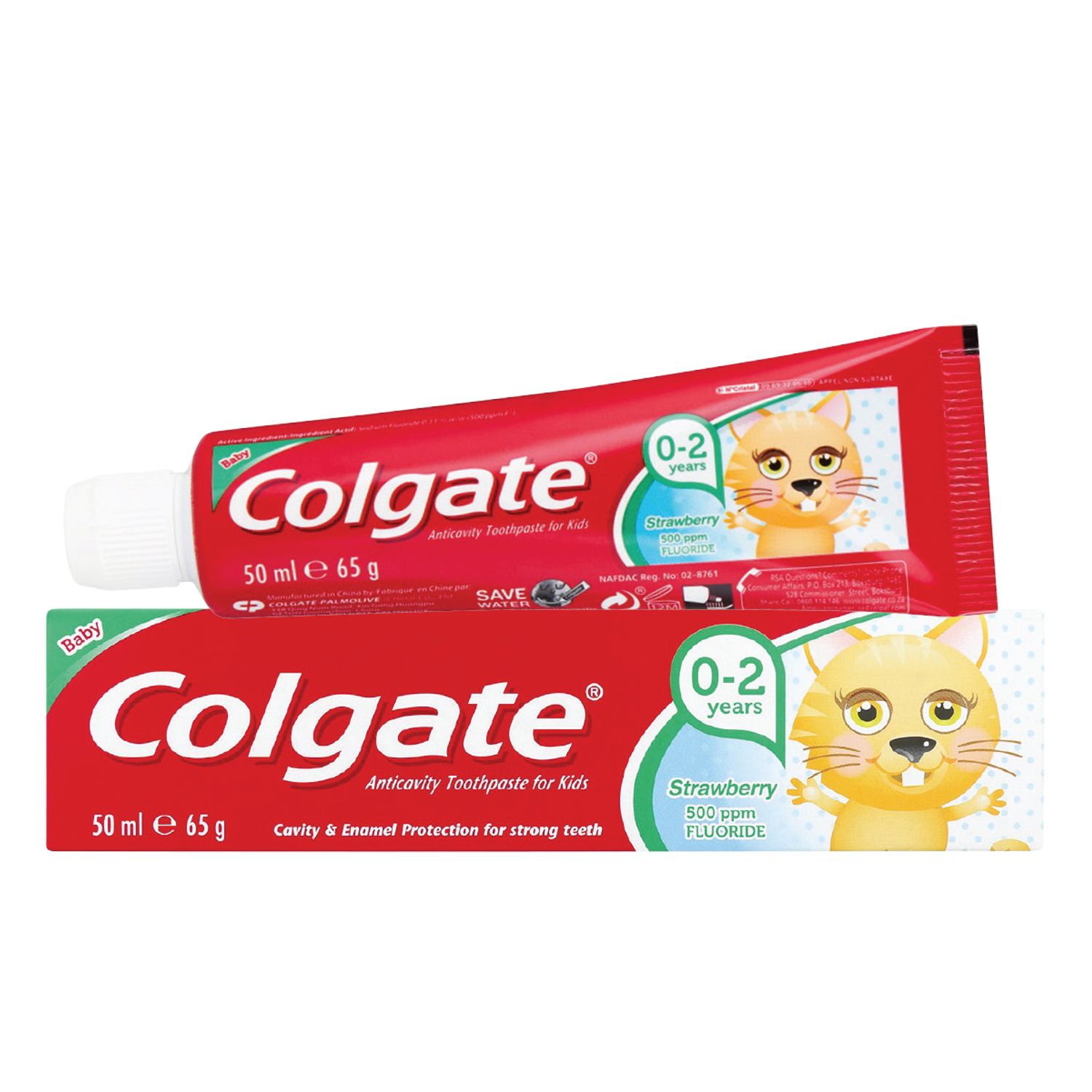-
-

CAVITIES
Can You Heal A Cavity At Home?You feel a sharp pain when you bite down or try to eat. You think it's a cavity, but you're not 100 percent sure...

BAD BREATH
How To Cure Bad BreathMore commonly known as bad breath, halitosis is an embarrassing hygiene issue that nobody wants, but some of us get every now and then...
-
Science & Innovation
- Colgate® | Toothpaste, Toothbrushes & Oral Care Resources
- Oral Health
- What Is Herpangina?
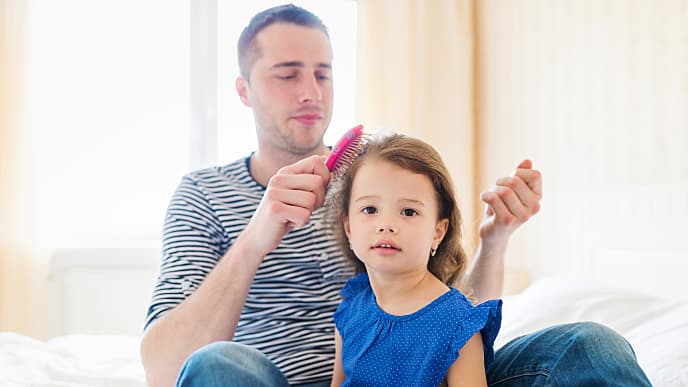

You may not be familiar with the term herpangina, but you most likely know someone who has suffered from this common condition. This ailment, which causes painful, blister-like sores to appear at the back of the throat, most frequently occurs in children aged 3 to 10 years old, explains Stanford Children's Health.
Symptoms
This illness is caused by a virus, with common symptoms including a sore throat and refusal to eat or drink, which stems from the presence of small, painful blisters and ulcers located in the back of the throat. This condition may also be accompanied by high fever, headache, swollen lymph nodes, neck pain, vomiting and overall tiredness.
Hand, foot and mouth disease (HFMD) is another childhood illness that is similar to herpangina. Both infections are caused by enteroviruses and can cause fever along with a poor appetite. With HFMD, the sores are usually closer to the front of the mouth, whereas sores from herpangina are located on the soft palate, tonsils and throat. A child with HFMD also often has sores on their hands, feet and occasionally the buttocks.
How Is It Spread?
According to StatPearls, herpangina is often spread at childcare centres and schools. It's more common in summer and fall, but can occur year-round. The condition is transmitted by ingesting a sick patient's respiratory droplets or saliva (most likely from coughs and sneezes) or from exposure to an infected patient's feces. This disease is highly contagious, as these types of viruses can survive outside the body for extended periods of time.
Signs of the infection typically show up within three to five days after exposure. Affected individuals are most contagious in the first two weeks of infection, even if they do not exhibit symptoms. Adults may acquire the virus from their children, though many adults have immunity built up from childhood.
Since children touch many surfaces and may not have optimal personal hygiene, preventing the spread of the illness may be difficult. Make sure to practise thorough hand washing and disinfect surfaces such as doorknobs and toys.
Treatment
A visit to a physician can confirm the diagnosis of herpangina. Since viruses cannot be killed with antibiotics, the aim of treatment is to make the person as comfortable as possible until the sores heal. The infection usually goes away on its own within seven to 10 days. Taking pain relief medication, such as an analgesic or paracetamol, may help relieve the pain in the throat and mouth, as well as reduce the fever. Keeping the affected person hydrated is also important, as they may limit their fluid intake while the painful ulcers are present. Foods like milk and ice cream may be easier to consume.
If a child has a persistent high fever or signs of dehydration, it is essential to seek medical attention immediately. Your doctor can help determine the best treatment options.
Related Products

Helping dental professionals
More professionals across the world trust Colgate. Find resources, products, and information to give your patients a healthier future





